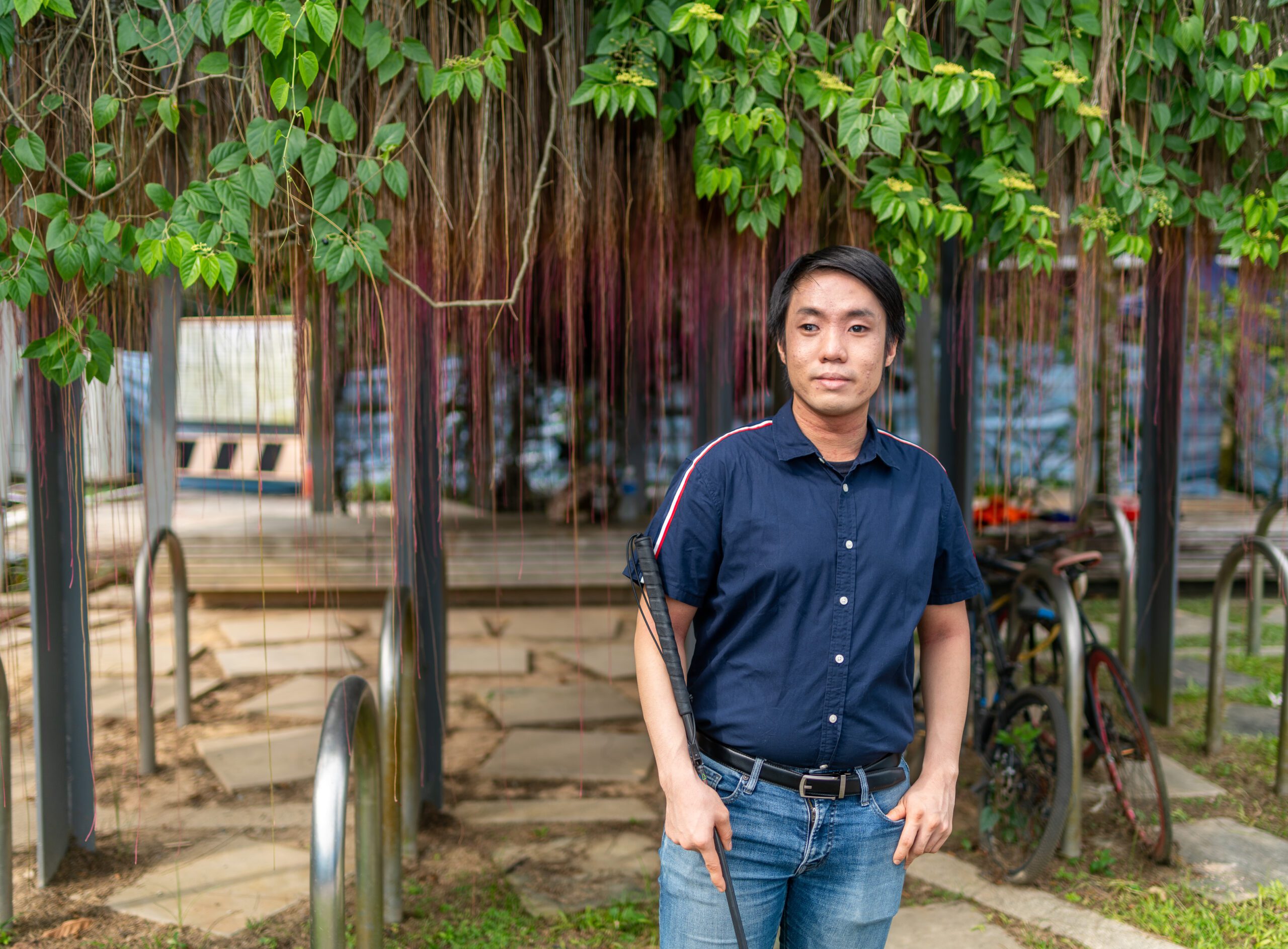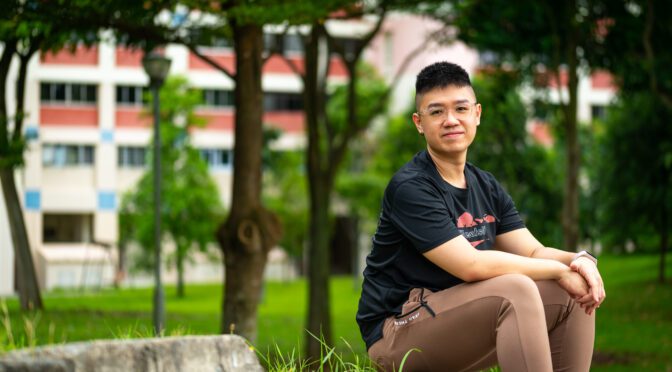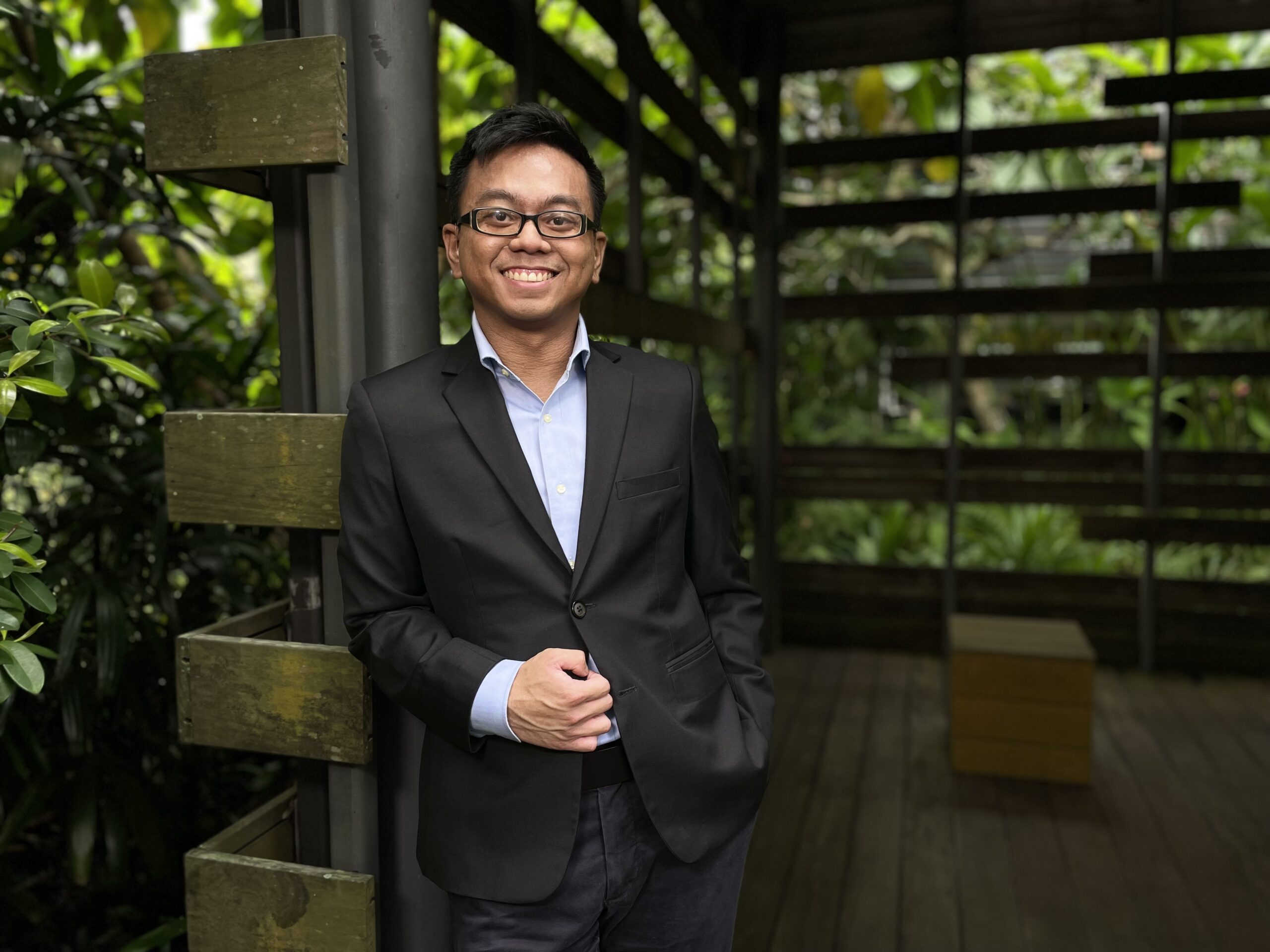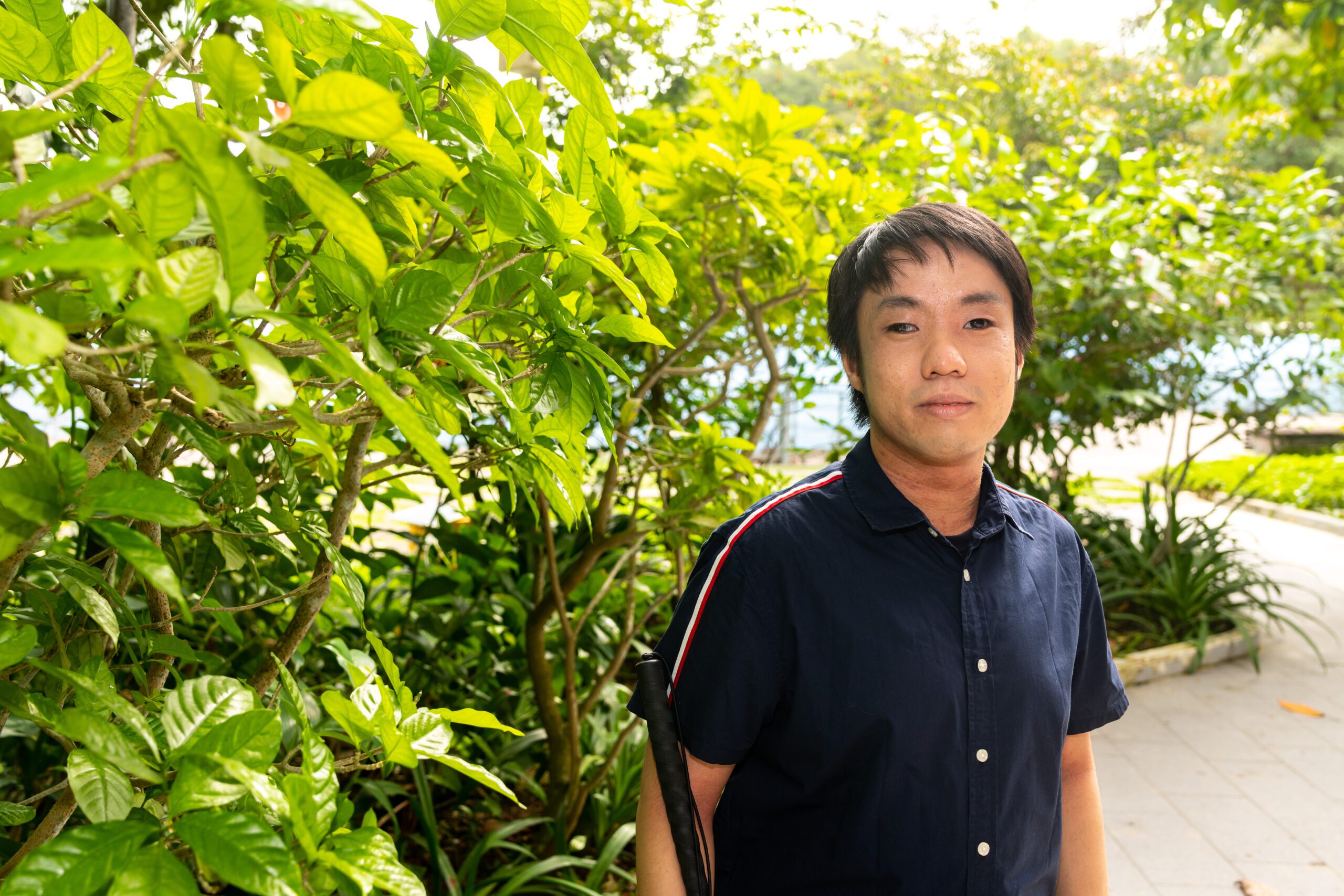Alas, my dream was not meant to be. You see, I eventually became blind as a teenager. Hardly a quality one looks for in a palaeontologist. When I was seven, my parents noticed that my right eye had wandered outwards and was looking in a different direction from my left eye. It was what you would call a lazy eye. Before I knew it, I was carted off to undergo a slew of eye tests. Sitting in a chair, pressing my face almost up against the perimeter, a visual field testing device, was my routine. I had to fixate my gaze on a red target that stayed in the centre, and whenever I caught pinpricks of light flashing in the outer area, I was to hit the clicker. Have you ever had the discomfiting experience of having a cold-hard steely contraption come hurtling towards your eye, almost to the point of poking it? I have, repeatedly. That was for applanation tonometry, a test that measures the fluid pressure in one’s eye. Sometimes, my intraocular pressure would measure up to forty millimetres of mercury (mmHg). The average person’s is between ten and twenty-one mmHg.
After my first medical consultation, I was diagnosed with glaucoma. It confounded my ophthalmologist, because none of my relatives had the condition, so it couldn’t have been hereditary. I hadn’t suffered any traumatic injury to my head either. Yea me, I’m a medical mystery, one for the books! Unable to pinpoint the exact cause, she eventually labelled it as congenital glaucoma, which means I was born with it. Whereas my mother was distraught, at that sweet age of seven, utterly lost in my eight-bit Game Boy and staple of television shows, I was insouciant. Any vision loss that I hitherto experienced had yet had any severe impact on my day-to-day life. Several times a day, there was the chore of having to tilt my head back and receive medicated eye drops, whose purpose was to relieve the pressure on the optic nerve. Fortunately, or perhaps not so, I never had any bouts of glaucoma-related migraines or nausea, which do afflict some patients. But that meant that I never had an inkling of just how my condition was worsening. There were many times when my intraocular pressure registered a staggering reading of sixty mmHg, and had it continued rising, the inside of my eye might have ruptured! But I never felt any painful sensation, not even a tingle.
The one true inconvenience was having to wear an eyepatch over my left eye. Because my vision was diminishing in my right eye, my left one was bearing the brunt of the work. Wearing the eyepatch was to get me to use my right eye more often, and also to realign it. As a child, did I faithfully obey the doctor’s instructions? Not at all. Any chance I got I would cheat and look through the translucent fabric of the eyepatch. The material also made me itch terribly.



